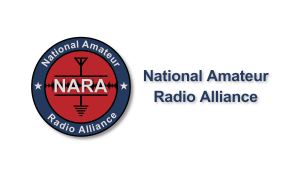Aurora Propagation, Northern Lights
The sun has been busy, and it’s been a mixed bag for radio amateurs. Earlier this month, millions of people got a chance to see the aurora borealis for the first time, as the northern lights were active farther south than they had been in decades. The brilliant displays, visible as far south as Mexico, were a result of a series of coronal mass ejections. The energy from our star interacted with particles in the upper atmosphere, causing them to glow in dancing curtains of multicolored light.
VHF aurora activity was up significantly, according to DX spotting clusters and activity heard on the air. The 2- and 6-meter bands were especially active, as the aurora acted like a reflector in the sky to enable signals to propagate much farther than they normally can on those bands.
G5 Storm Significantly Impacted Ionosphere
ARRL Central Division Director Carl Luetzelschwab, K9LA, is a leading expert on propagation. He’s provided the following analysis of the situation:
May 10, 11, and 12 of 2024 may go down as one of the greatest space weather storm periods of our lifetimes. It all started with two big sunspots in early May. These two big sunspots were identified as AR3663 (in the northern solar hemisphere) and AR3664 (in the southern solar hemisphere). AR stands for Active Region.
Read more – via American Radio Relay League | Ham Radio Association and Resources http://www.arrl.org/news/view/solar-activity-significantly-affecting-ionosphere-fcc-opens-docket-for-comments-on-impact








More Stories
via Amateur Radio Daily: NARA Hosts Club Week Special Event
via the ARRL: Ham Radio Operators to Support Indian Ocean Tsunami Exercise
via the ARRL: 2026 ARRL Foundation Scholarship Program is Now Accepting Applications